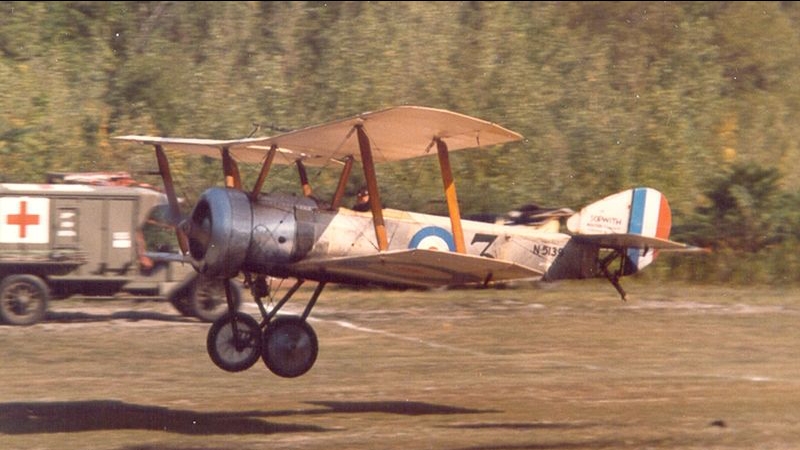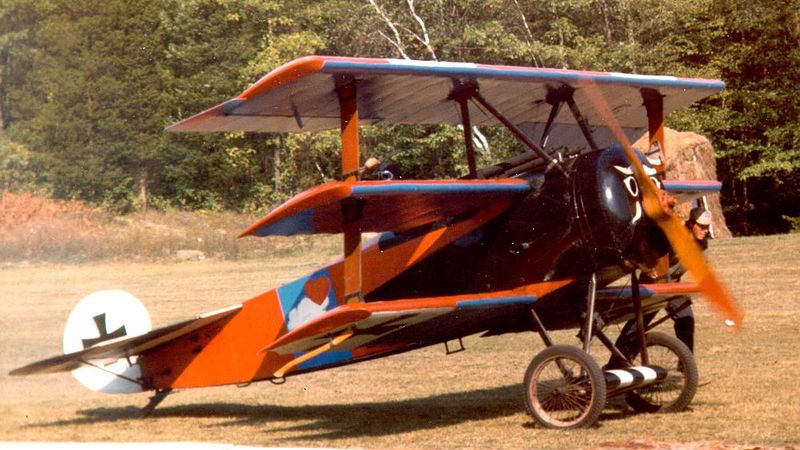
When I was a kid, my parents took us on several memorable road trips that defined the meaning of ‘summer vacation’ for me. We’d stop and see kitschy places that could only be categorized as tourist traps, with names like Frontier Land, complete with cowboys, indians, shootouts, and a frontier fort right out of a movie (yes, I’m that old). Or Santa’s Workshop (it wasn’t as far north as I’d thought). Or an amusement park with thrill rides and shows. Those kinds of places were okay, but they weren’t the only kind of attractions we visited.
The best places we saw, as far as I was concerned, were real. They were part of history, or recounted the real past. One of my favorite childhood vacation memories is Old Rhinebeck Aerodrome, in Red Hook, New York. Not only did they have antique airplanes, they flew them in an airshow for the crowds – and there were alot of people there that day. Though to be clear, some of the aircraft were genuine originals, and others were very faithful reproductions. But whether the aircraft was the real deal or a near perfect copy, the aerodrome’s founder, Cole Palen, had a philosophy about his passion: “It isn’t an airplane if it doesn’t fly”.
Cole Palen grew up on a poultry farm next to an airport in the Hudson Valley north of New York City. This is where he fell in love with old airplanes. After serving in the infantry in World War II, he went to a flight and aviation mechanic school at Roosevelt Field, Long Island. The school had a museum with a number of World War I aircraft, which were put up for auction in 1951 when the airfield was sold to be replaced by a shopping center. Cole bid on a number of them and won six. Now he had a problem: what to do with them? It was 100 miles to his family’s farm, but there were empty chicken coops there that could be used for storage. It took nine round trips to move his fledgling collection home.
Through the 1950s, Cole worked as a mechanic for Texaco. His paychecks went into buying more antique aircraft, antique cars, related memorabilia, and restoring his collection. All he lacked was a suitable place to enjoy it all. In 1959 he paid the back taxes on an abandoned farm outside of Rhinebeck, New York. With help from friends and supporters, he transformed the fallow fields into a grassy runway and built rough aircraft hangers alongside.
Cole began demonstration flights for small numbers of spectators. As public interest grew, they became weekend airshows. Old Rhinebeck Aerodrome evolved into a living history museum and people loved it.
It didn’t hurt that Cole had a streak of showmanship. He created a storyline for the airshow, with himself playing the role of the ‘Evil Black Baron’ flying a Fokker Triplane with other German planes as wingmen. Cole’s good friend Richard King played the role of ‘Sir Percy Goodfellow’ flying a Sopwith Pup (similar to the famous Sopwith Camel). Both vied for the affection of ‘Trudy Truelove’.

In addition to the Triplane and the Sopwith, I distinctly remember seeing an Albatros D.Va (dee-five-aay) and a 1909 Blériot XI. The Blériot is still in the aerodrome’s collection, and is the second oldest aircraft in the world that is still flying. The oldest aircraft in the world that’s still flying is also a 1909 Blériot XI, owned by the Shuttleworth Collection in Old Warden, Bedfordshire, UK.
The Rhinebeck Aerodrome Museum owns many antique aircraft, which they categorize in the Pioneer Era (1900-1913), World War I (1914-1918), and the
Golden Age (1919-1940).
No airshows will be held in 2020 at Old Rhinebeck Aerodrome due to the pandemic, but they plan to continue with them next year. The Rhinebeck Aerodrome Museum remains open this summer beginning July 14, “assuming no changes in CDC or NYS requirements”. The museum advises visitors, “Please plan on wearing a mask and practicing social distancing. No flying is scheduled, but you may very well see us in the air, especially on weekends, as we stay proficient and exercise the airplanes”. Because, “It isn’t an airplane if it doesn’t fly”.
Question of the night: Your best or worst experience in a small plane, or if you’ve never flown in a small plane, would you like to try it?
